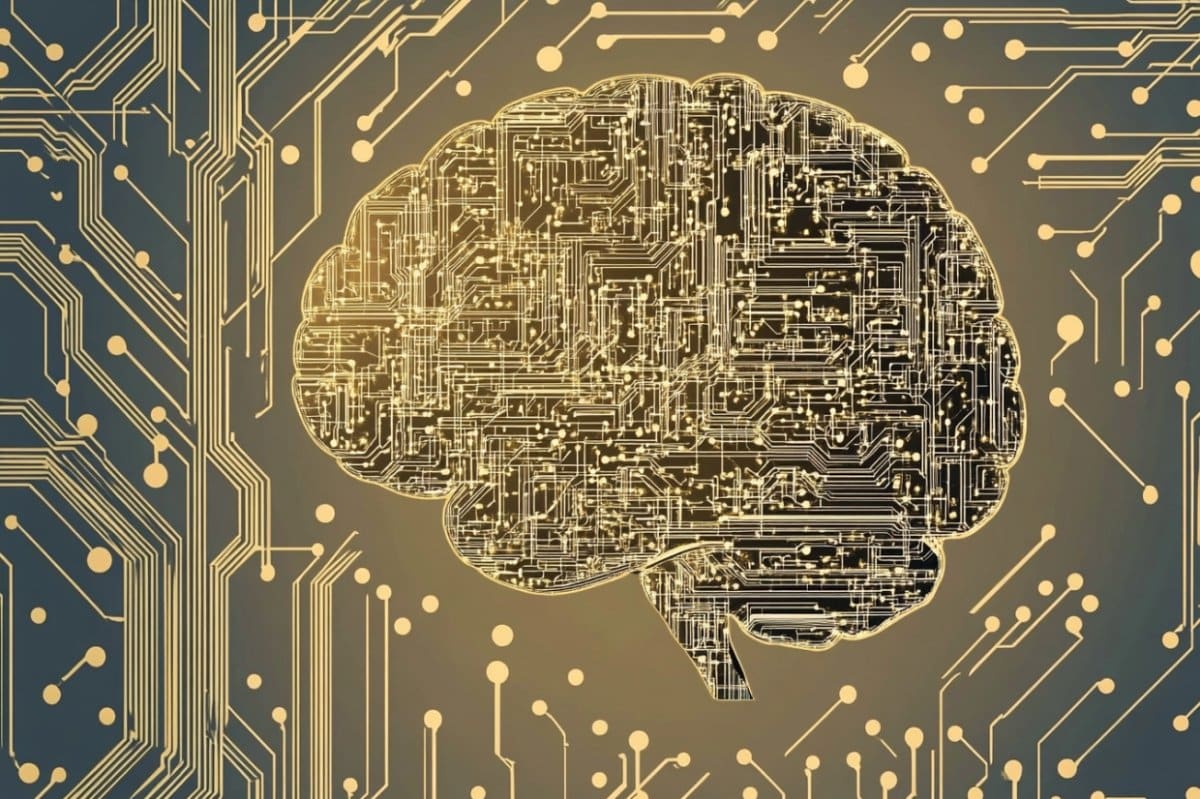Rewiring Memory: Learning Like the Human Brain
Understanding Input-Driven Plasticity (IDP)
The fascinating field of neuroscience has long been intrigued by the complex dance of retrieving and adapting memories. Traditional models like the Hopfield network served as foundational stepping stones, but the emergence of Input-Driven Plasticity offers newer vistas. IDP posits that external stimuli play a pivotal role in not only forming but also retrieving memories. It's an exciting development that echoes the human cortex's capabilities more accurately than its predecessors.
The Role of External Stimuli in Memory Retrieval
How does your brain suddenly recall a long-forgotten tune when you hear a few notes? External stimuli act as keys to unlock these memory vaults. IDP suggests that such stimuli dynamically adjust synaptic weights, allowing for more efficient memory retrieval. The beauty of this model lies in its adaptability, akin to how humans continuously rewire their thought processes based on new information.
“Everybody experiences far more than he understands. Yet it is experience, rather than understanding, that influences behavior.” —Marshall McLuhan

Applications of IDP in Technology and Beyond
Recent developments have demonstrated the potential of IDP in revolutionizing AI-driven technologies. From improving machine learning algorithms to enhancing data storage solutions, the applications are wide-ranging. Notably, IDP principles are being integrated into AI frameworks used in healthcare, providing more intuitive and adaptable machine-driven diagnostics.
- Enhanced AI adaptability
- Improved human-computer interaction
- Optimized data analytics
Expert Insights and Future Prospects
Leading experts in cognitive neuroscience are optimistic about IDP's potential. According to Dr. Jane Rodrigues, a prominent neuroscientist, "IDP might be the bridge between human-like cognition and artificial intelligence that researchers have long sought."
Furthermore, ongoing research points towards integrating IDP in educational tools, which could pave the way for personalized learning experiences tailored to individual cognitive patterns.

